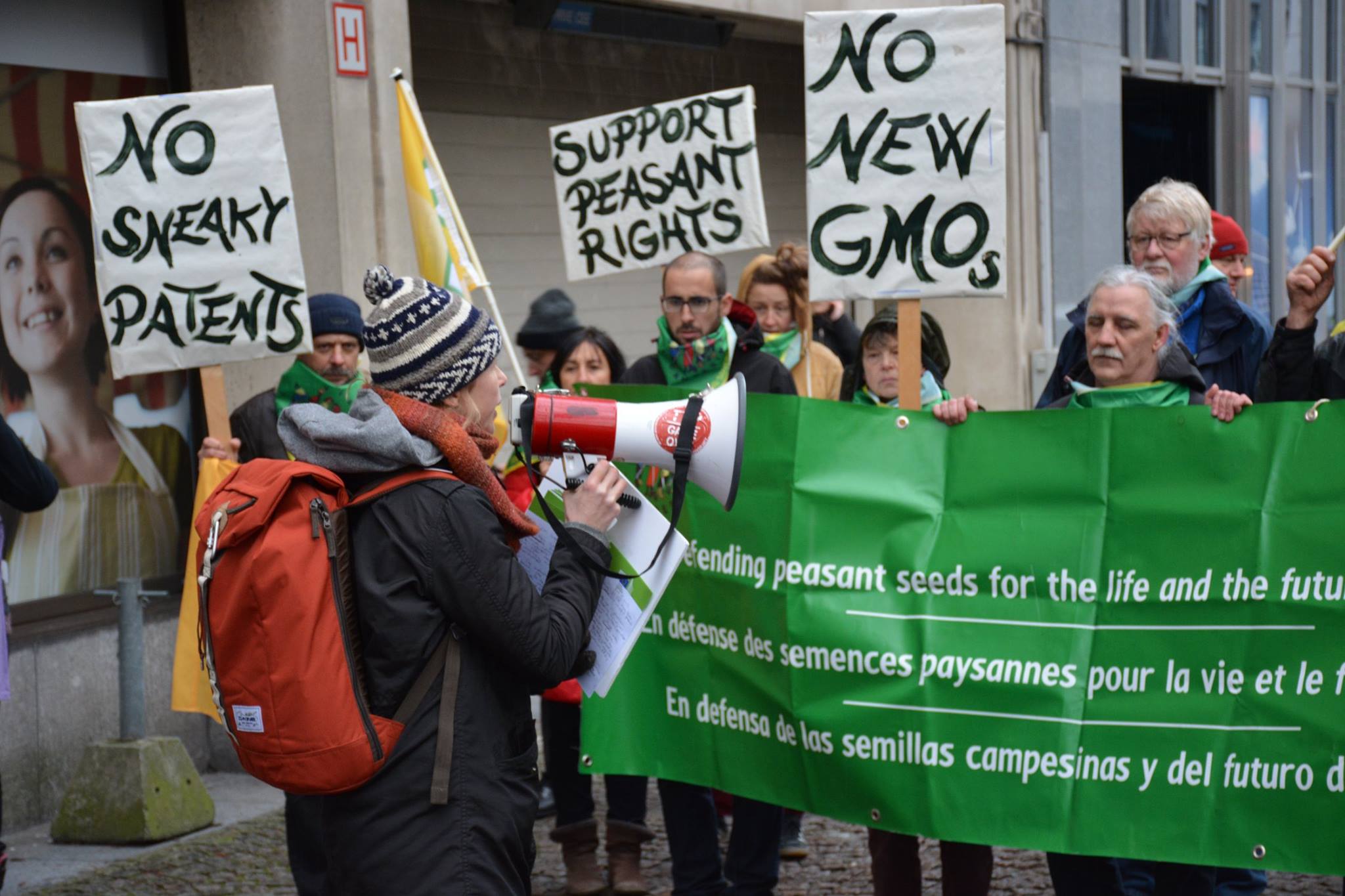Brussels, July 25th 2018 – The European Court of Justice has issued its decision on the legal status of new GMOs.
The decision published this morning by the ECJ in case C-528/16 clarified the status of new GMOs. It clearly states that all these techniques do in fact produce GMOs and therefore must be regulated under the terms of existing European legislation on GMOs.
The Court reasserted that mutagenesis techniques are excluded from the scope of the Directive. However, it immediately stresses that this exemption only concerns “techniques / methods of mutagenesis which have conventionally been used in a number of applications and have a long safety record” and not organisms obtained by mutagenesis techniques that emerged after the adoption of the Directive. As regards organisms obtained by traditional mutagenesis, it states that Member States are “free to legislate in this area in compliance with EU law, in particular with the rules on the free movement of goods “.
“The decision of the Court is historic”, says Antonio Onorati, member of the ECVC Coordinating Committee. “Finally, we clearly know what Member States need to do on this matter: to enforce the law”.
Ramona Duminicioiu, member of the ECVC Coordinating Committee, added that “with this decision, the biotech industry can no longer say that these techniques “do the same as nature” or try to deceive peasants and consumers. This is a victory for the peasants right on seeds”.
“Like transgenesis, all these techniques cause many unintentional artificial genetic modifications that, as recent studies show, can lead to unpredictable damages to agriculture, environment, and health”1says Guy Kastler, member of the ECVC Seed Working Group. “Enforcing the law is essential. Farmers, consumer organizations, civil society and all EU citizens must welcome this decision, which reinforces a fundamental principle of the EU, the precautionary principle”.
ECVC calls on the European Union to act in compliance with this decision and to ask Member States to apply the GMO law for all the organisms obtained by these new GMO techniques.
Read ECVC’s position on new GMOs
Contacts:
Guy Kastler – ECVC Seeds Working Group: +33 603945721 (FR)
Antonio Onorati – ECVC Coordinating Committee: +39 3408219456 (IT, EN, ES, FR)
Ramona Duminicioiu – ECVC Coordinating Committee: +40746337022 (FR, EN, ES, RO)
1 For example, a recent article in Nature argued that gene editing “can have pathogenic consequences” on humans: https://www.nature.com/articles/nbt.4192
See also Genetics in Plants and “New Breeding Techniques (NBT)” Inherent Risks and Need to Regulate, by Ricarda A. Steinbrecher, 2015, http://bit.ly/1XBLy1p
Key elements of the decision
Article 9(5) of Directive 2002/53 states: ‘Member States shall ensure that genetically modified varieties which have been accepted are clearly indicated as such in the catalogue of varieties. They shall further ensure that any person marketing such a variety clearly indicates in his sales catalogue that the variety is genetically modified.’
The referring court considers that those risks are in part similar to those that might result from seeds produced by transgenesis. As regards, in particular, the mutations obtained by the new directed mutagenesis techniques, the direct modification of the genome that they involve would result in the same effects as the introduction of a foreign gene, specific to transgenesis. In addition, since the development of the new techniques of mutagenesis allows the production of modifications of the genetic heritage to increase at a rate out of all proportion to the modifications likely to occur naturally or randomly, the possibility of harm occurring as a result of unintentional modifications of the genome or of the properties of the plant thus obtained would be increased.
On the classification of organisms obtained by mutagenesis as ‘GMOs’ (…) modifications constitute alterations made to the genetic material of an organism, for the purposes of Article 2(2).
The Court states, first, that the direct modification of the genetic material of an organism through mutagenesis makes it possible to obtain the same effects as the introduction of a foreign gene into that organism and, secondly, that the development of those new techniques/methods makes it possible to produce genetically modified varieties at a rate and in quantities quite unlike those resulting from the application of conventional methods of random mutagenesis.
However, as set out in paragraph 48 of the present judgment, the risks for the environment or human health linked to the use of new techniques/methods of mutagenesis to which the referring court refers might be similar to those which result from the production and release of a GMO through transgenesis
As established in paragraph 30 of the present judgment, organisms obtained by means of techniques/methods of mutagenesis such as those at issue in the main proceedings must be regarded as coming within the concept of a GMO in Article 2(2) of Directive 2001/18. Consequently, varieties obtained by means of techniques/methods of mutagenesis, such as those to which the referring court refers, must also be regarded as coming within the concept of ‘genetically modified variety’ referred to in Article 4(4) of Directive 2002/53.

